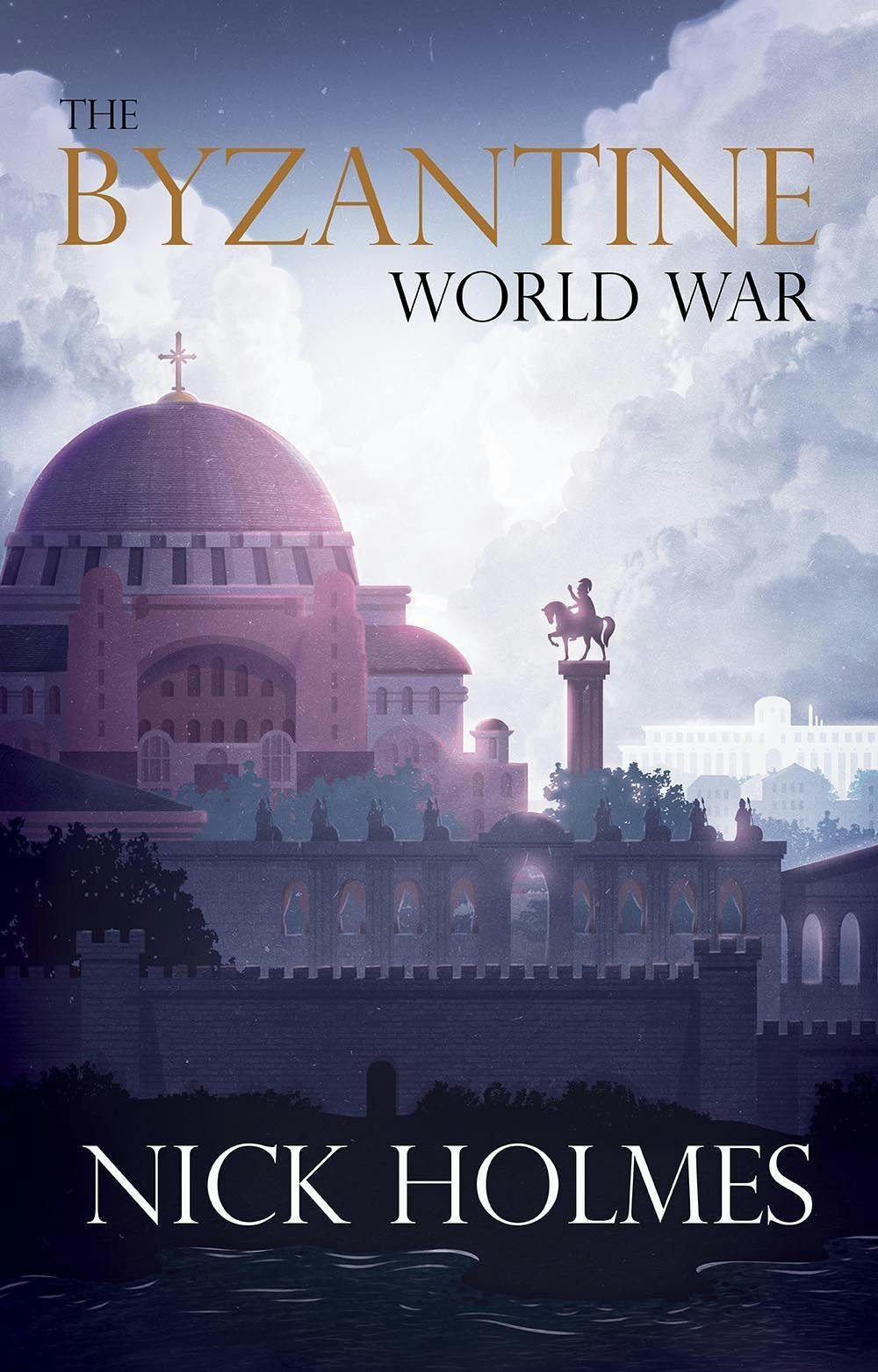
12 min read
The Art of Storytelling: Uncovering the Inspiration for Writing Children's Books
Written by:
Troubador Publishing
This case study explores the reasons and motivations behind creating and self-publishing a children's book.
We interviewed three authors who have all self-published a children’s book through Troubador. Their motivations and reasons for publishing are very different, which this case study explores in more depth.
First, let’s meet our authors:
- Maxine Johone-Smith was brought up in Winchester, the daughter of two teachers who passed on the importance of early learning through the power of storytelling. Maxine’s belief in the transformative power of stories is supported by a growing body of research, which suggests that reading to children has significant benefits for cognitive, emotional and social development. Maxine tells us about her debut story for children, Journey to the Name Maker.
- John de Gruyther and Diana Batchelor support children and young people who have been affected by crime. John is a published poet and writer, and Diana Batchelor is the author of the award-winning children’s book Who’s Been in Our Tree? John tells us a little more about his and Diana’s book, Hedgehog Finds her Voice.
- Finally, Anne Parsons is a retired teacher and businesswoman who spends her time writing for children and undertaking voluntary work. She is passionate about children learning to read at a young age and, as a former governor at a local primary school, regularly helped children with their reading. She has written a series of books about Archie, the Dog.
Motivations for Writing and Self-Publishing a Children's Book
There are many reasons why authors choose to write children’s books. Having a passion for storytelling and communicating with a younger audience is often a key motivation. So is filling a perceived gap in the children’s book market – tackling a topic that is overlooked, or including characters that are under-represented in other children’s books. We often see parents and grandparents who want to capture the special stories they have shared with their family over the years, as well as teachers and educators who seek to shape young minds. Our featured authors describe why they were motivated to write for children.
Maxine Johone-Smith explains, ‘Journey to the Name Maker was inspired by my own teddy bear called Scruffy, whom I have had since childhood. In today's fast-paced, world, it can be hard to find time to slow down and appreciate the simple things in life. I wrote Journey to the Name Maker to bring back the warmth and joy of good old-fashioned family values, and encourage parents to spend quality time with their children, reading and exploring their imagination together.’
John de Gruyther and Diana Batchelor had a different, but equally important, motivation for their book. ‘Hedgehog Finds her Voice is to help children and young people speak about their experiences of crime or trauma. I have worked with many children and young people affected by these issues, who have told me they feel blamed, scared or embarrassed to talk about what has happened.’
Anne Parsons is inspired by the 6-9 age range. ‘I feel there is a gap in the transition phase from picture books to middle-grade books and I like to think that my books can bridge that gap. I have written three books in the Archie series, all based on an Airedale Terrier. They are chapter books for those who are starting to read independently.’ Her series includes Archie, Jump! Archie, Wait! and Archie, Go!
What inspired you to write for children?
Anne started writing for children when she was volunteering at a local primary school, supporting children with their reading: ‘I realised that I would like to write and publish a book as I felt inspired by the experience of helping children develop their reading skills and wondered if I could start writing for the age group.’
John de Gruyther explains that for him it is the story that inspires him. ‘It is a balance between creating a compelling plot and interesting characters that resonate somehow with the human experience. And for me if you throw in a few dragons, a woodland animal that can talk, and perhaps a side helping of time-travel, I will be obliged to read on.’
Maxine cites her parents as her motivation to become a children’s writer: ‘I remember my parents saying that a book can transport you to another world where possibilities are limitless. From a very early age, I always imagined that someday I would write a book, that I too would be able to capture all my imaginings and turn them into something tangible that others could share. Some of my fondest memories as a child were when my parents read to me. I loved the closeness and attention I felt whilst being read to. I think these early experiences ignited the writer in me!’
What are the Challenges of Writing and Publishing Children’s Books?
Writing and publishing for children poses some challenges, mostly around the style (writing with age-appropriate words and stories), understanding what topics modern children’s books tackle and at what levels, and commissioning illustrations (if needed). Here we and our featured authors look at these challenges in more depth.
The Challenges: Getting the correct writing style
‘Writing for children can be particularly challenging because you need to be mindful of the age-appropriateness of the content and the potential impact it may have on young readers,’ explains Maxine. ‘It’s important to consider the level of complexity involved in the subject matter and to use language and vocabulary that is appropriate for the intended audience. It’s also important to consider the subject matter and themes of the book. While children’s books can cover a wide range of topics, it’s important to present them in a way that is understandable and appropriate for the age group.’
For Anne, a lot of thought goes into writing books for her audience, which means the writing process requires more consideration. ‘Your book should be written taking full account of your readership – particularly important when writing for children. It needs to have a good storyline that hangs together. It needs to have various high points, elements of tension, conflict, climax and anti-climax. Exciting ideas and pace are also important,’ she adds.
The Challenges: Consider whether you need illustrations
It is common for children’s books to have illustrations or pictures, so authors must decide if this is appropriate or indeed expected by the readership. If a book requires illustrations, then you must choose whether you can do these yourself (the cheaper option) or source them from an illustrator – remember that the quality of illustrations is crucial to enhancing a book for children. Read our blog, Working with a children's illustrator for a more in-depth exploration of this.
‘Working with the right illustrator to bring the characters to life was crucial to me,’ says Maxine. ‘As the author of a book that's meant to transport readers to another world, I knew that the illustrations were just as important as the words themselves. That’s why I searched for an illustrator who not only had an incredible talent for drawing, but who also shared my passion for the story, understood the characters and personalities, and was able to bring it all to life. When I found Joanna Scott, an award-winning illustrator with a true gift for translating words into art, I knew that together we would create something magical!’
John agrees about the importance of pictures telling the right story: ‘The idea for Hedgehog Found Her Voice felt like an urgent message I needed to share with the world, so Diana (my co-author and illustrator) and I needed to work out how to best share this message and get it out into the world as a book and a resource for adults and children to communicate with each other. It felt like a mission that is still ongoing, as this is just the beginning. We have big plans for Hedgehog, including sending it into primary schools in the county and creating teaching resources to accompany the book.’
Anne adds, 'Although my books are not picture books, I knew that some illustrations should appear in my chapter books to enhance and bring the stories alive for children. However, I am no illustrator! Fortunately, I found the right person in Adam Walker-Parker - once I had seen his animal paintings I knew that he could do a wonderful job illustrating the dogs and other animals in my stories. I have enjoyed working collaboratively with Adam - developing the storyboards with him has been a fantastic experience.'
The Challenges: Confidence!
For any author, writing itself brings challenges. Once you have the style and voice right, you still need to overcome writer’s block and your own confidence in getting pen to paper.
Anne explains: ‘Creating a strong storyline can be challenging and you can run out of ideas!’ Whereas for Maxine, writing is a very personal experience, so having the courage to open yourself up to criticism is hard to do: ‘Any type of rejection or criticism can be discouraging and demotivating, but it is a necessary part of the process. Constructive criticism and feedback can be very valuable, so it is important to be receptive,’ she adds.
So, why self-publish a children’s book?
Children’s books make up 20% of the total genres published via Amazon.com, and figures from 2021 indicate that annually, 10 000 children’s books were published in the UK. So, there is a lot of competition in the children’s book market. Over the years, the market in the UK has shifted to more inclusive stories that present British life more fully, including stories and characters that keep up with modern trends.
While many authors seeking to publish might well consider submitting to agents to land a mainstream deal, many others prefer to self-publish. The main reasons for this are flexibility, control and pleasure.
This sums up why Anne opted to self-publish the Archie series. ‘I did approach literary agents, but many never responded and those that did were complimentary, but said it wasn't what they were looking for. As I learnt more about the publishing world, I realised how much commitment there would be going with a mainstream publisher and how I would have little control over processes. I enjoy self-publishing because I choose the involvement I have.’
John agrees: ‘I would really recommend considering independent publishing. I think it has moved on so much, even in the last ten years, to the point where we are on the verge of finally eradicating any snobbery between traditional and indie authors. Troubador offer such a professional service; I would definitely consider them again for my novel. There is nothing to stop you from doing a little bit of everything, keep sending your manuscripts to agents, but also consider crowdfunding and all the different options out there now for writers to share their work with the world.’
Whatever route you choose, understanding what you want to get out of publishing is the first step. Maxine embraced this approach: ‘As an unknown, first-time author, getting a book published is daunting. I spent time doing research to understand the pros and cons. Each option has its own advantages and disadvantages, so it’s important to make the right choice to fit your needs best. In my case, I decided to go with a deal that offered me the chance to collaborate with seasoned industry professionals (Troubador) and benefit from their vast knowledge and experience. This approach has provided me with valuable guidance and support as I have navigated the ins and outs of the publishing world, helping me to feel more confident and comfortable throughout the entire process.’
Anne agrees: ‘As I have published more books the processes have become easier. I like self-publishing; the author needs to think carefully about budgets and what they are prepared to spend. This will depend very much upon what you are trying to achieve by publishing your own books. However, Troubador readily facilitates the self-publishing processes and I have enjoyed working with the company.
We asked our three featured authors for their top tips to help you get your children’s book project underway
Maxine says, ‘I think all writers struggle with self-doubt, criticism or rejection. But all challenges can be overcome with persistence, practice and a positive attitude. Here are my tips:
- Read widely: The more you read, the more you learn about different styles, genres and techniques of writing. Reading can also help you improve your vocabulary, grammar and sentence structure.
- Write regularly: Writing is a skill that requires practice, and the more you write, the better you become at it. Set aside a specific time every day to write, even if it’s just for a few minutes.
- Write for yourself first: Write what you’re passionate about, and don’t worry about pleasing others or meeting their expectations. Your writing will be most authentic and engaging if it reflects your own voice and passions.
- Be ruthless: Once you’ve completed a draft, go back and edit it with a critical eye. Look for areas where you can improve the characters, dialogue and overall structure of the story.
- Get feedback: Share your work with others, specifically your target audience, and ask for feedback. Use that feedback to make improvements and refine your writing.
- Keep learning: Attend workshops, take classes, read books on writing and continue to learn and grow as a writer. There is always something new to discover and ways to improve.’
John agrees. He has three rules for writing:
- It might seem obvious but if you want to write, then you should write, even if it is just one sentence. Get something down and create an intentional habit of writing regularly.
- Have patience and persevere. Writers must be tenacious, whether that is trying to sell freelance articles or getting your novel out there, you have to keep going.
- I also recommend seeking as much outside input as possible and being brave with your editing. Be prepared to let things go. Don’t get me wrong, it is tough, and something I am still working on. And if you can afford a developmental editor, do it. I recently hired one for a middle-grade novel I am writing and it was one of the best things I have done as a writer. It was challenging and creatively rewarding.
Anne’s tips align nicely with both John’s and Maxine’s:
- Develop your ideas and put them down on paper to ensure they make sense to others. Sometimes it takes a long time to convert ideas into credible storylines.
- You cannot do enough editing and re-editing of the story. Preparation for publishing can take longer than you expect.
- Once the manuscript is ready, find a way to publish a book. Do you work with a literary agent or self-publish? Approaching agents is very time-consuming and can be dispiriting when they turn down your work.
- Share your ideas with as many people as you can, particularly with your chosen readership. You don't have to write a story chronologically, try a chapter at a time and share it with others. Some writers write the middle before the beginning!
In summary, writing for children can be incredibly rewarding, especially when you are able to share those stories with the readers. As Maxine says, ‘Stories have the power to shape our understanding of the world around us, instill a sense of confidence and inspire us to pursue positive change. As a writer, I strive to leave a lasting impact on the young readers who experience them. It is my greatest hope that my stories will help to ignite the imagination and foster a sense of curiosity and wonder in the children who read them.’
Writing and publishing children's books is creatively rewarding but also a personal challenge. We hope you enjoy the journey!
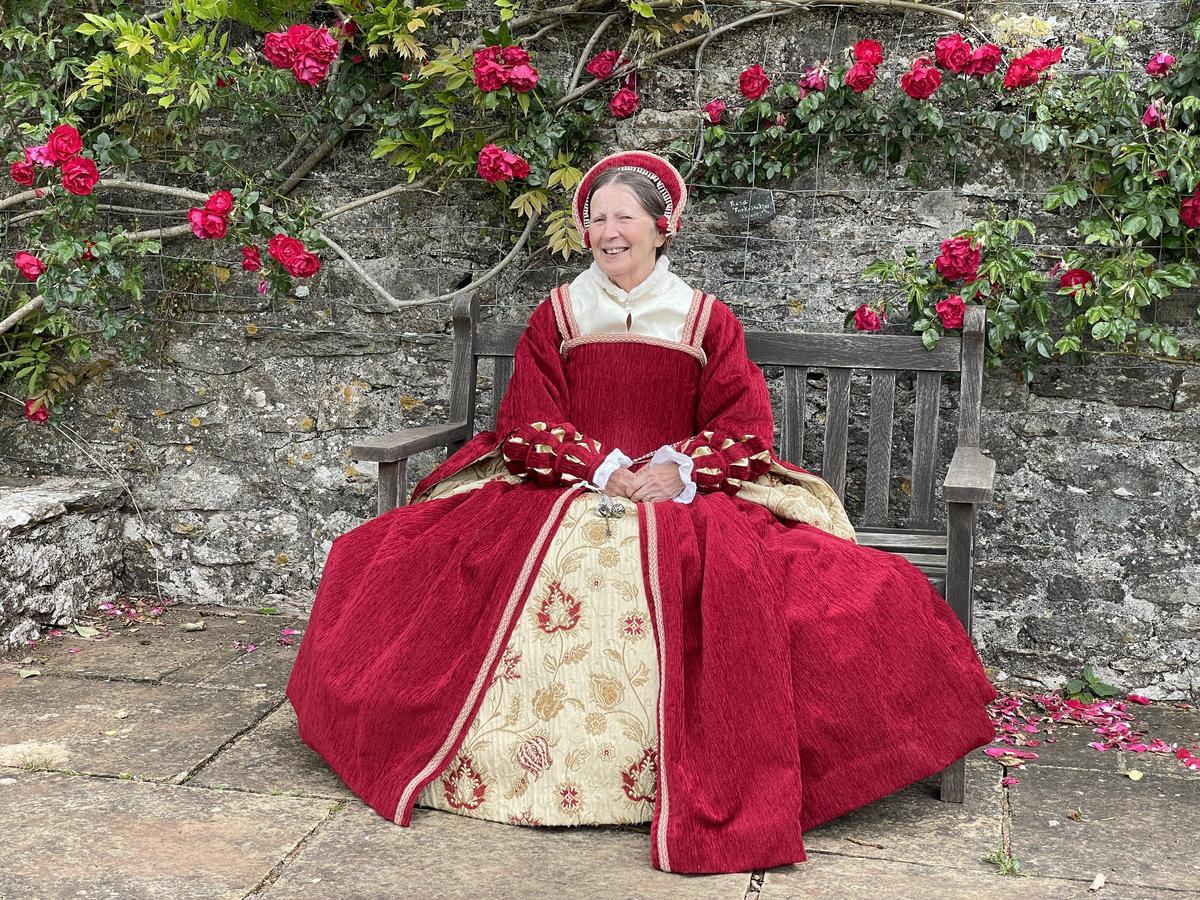
Alex Thompson
Rosemary Griggs: Turning a Passion into a Profession
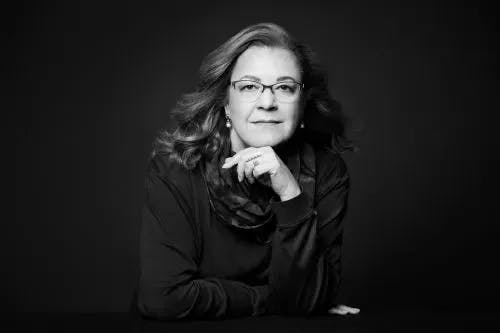
Alex Thompson
D.S. Getson: How Tragic Family History Inspired my Historical Fiction
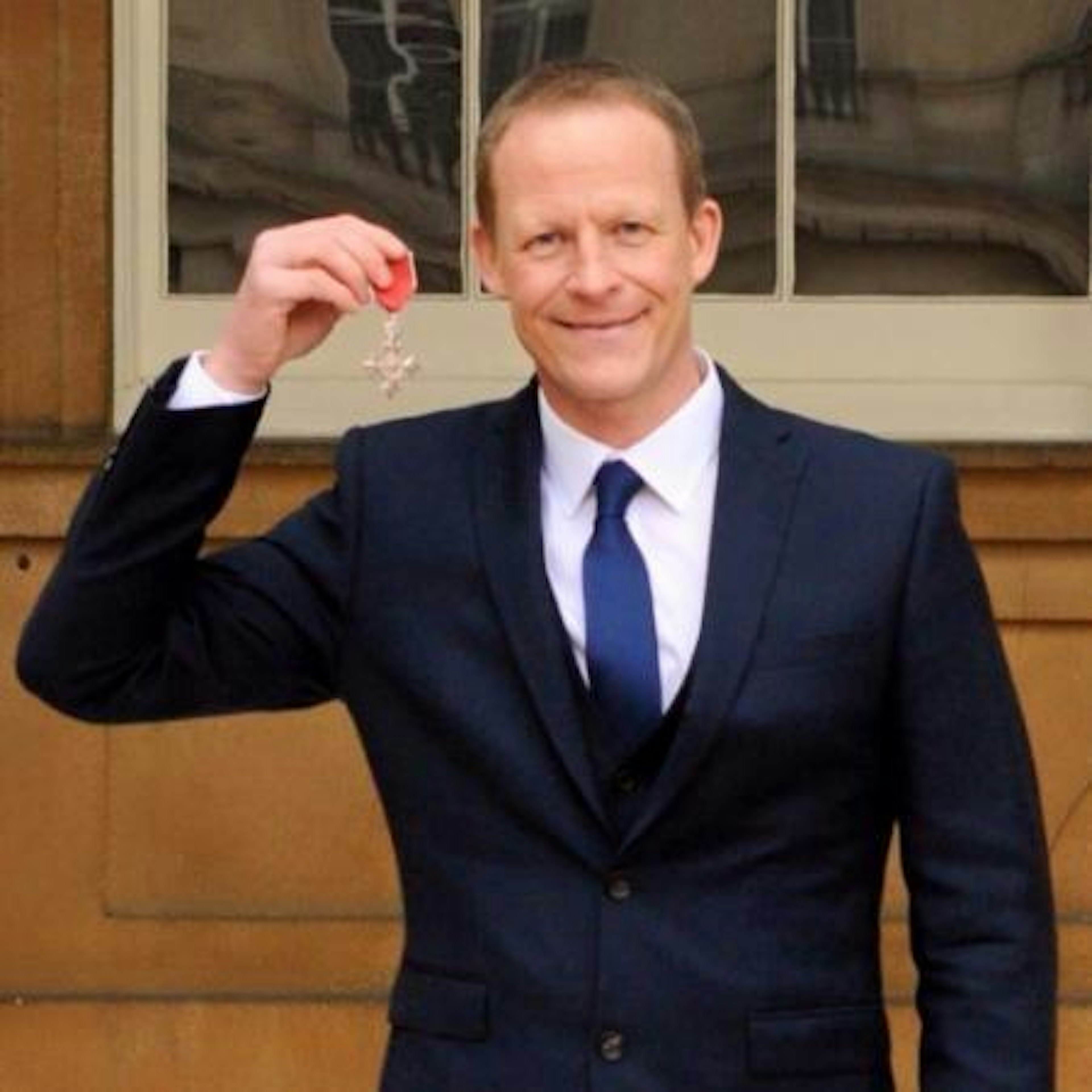
Alex Thompson
Steve Hill: Inspiring the Next Generation
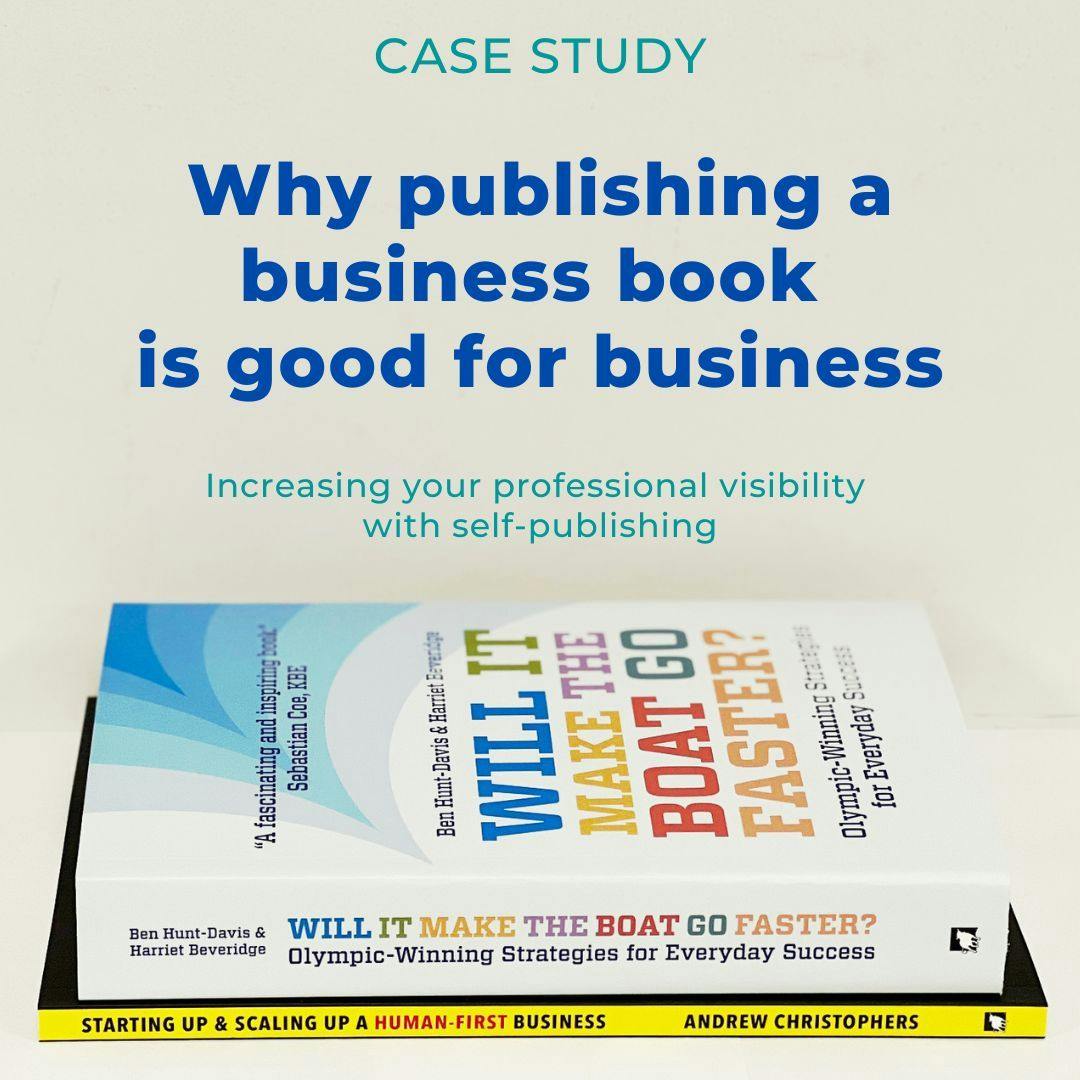
Why publishing a business book is good for business
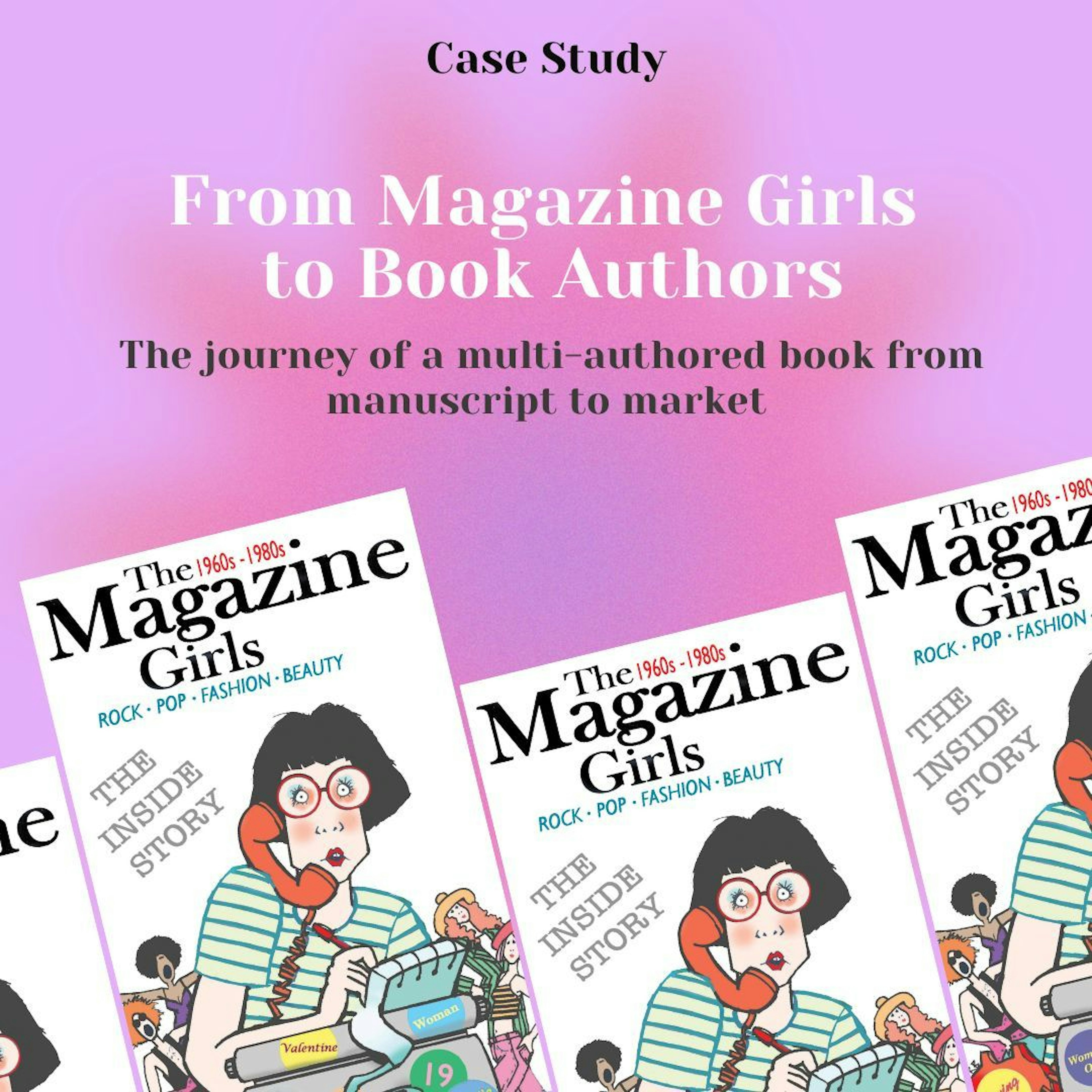
From The Magazine Girls to book authors: our journey to publication
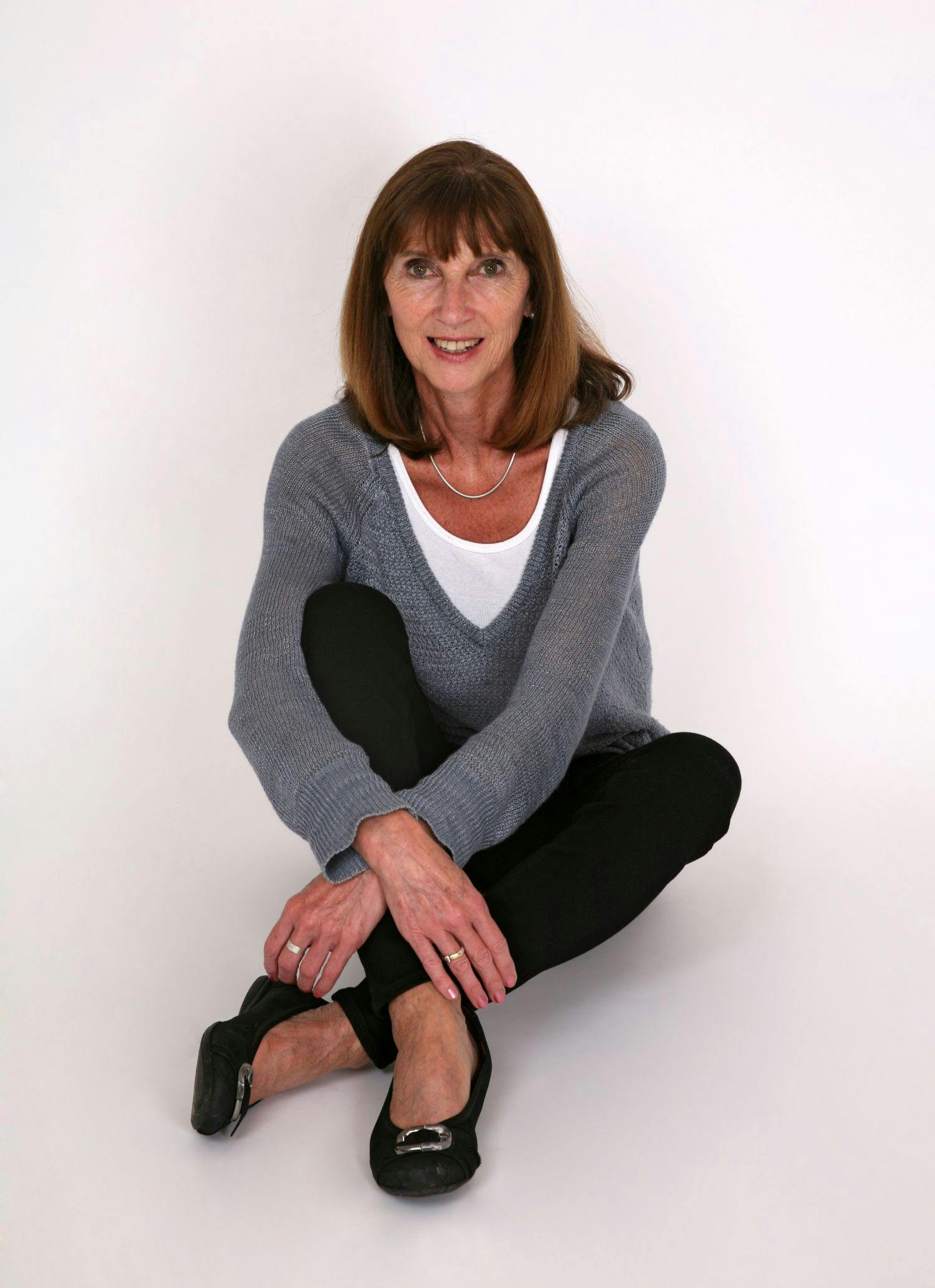
Troubador Author Interviews - Jude Hayland
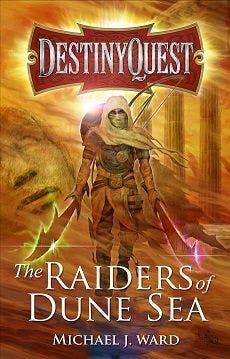
The Pursuit of Perfection
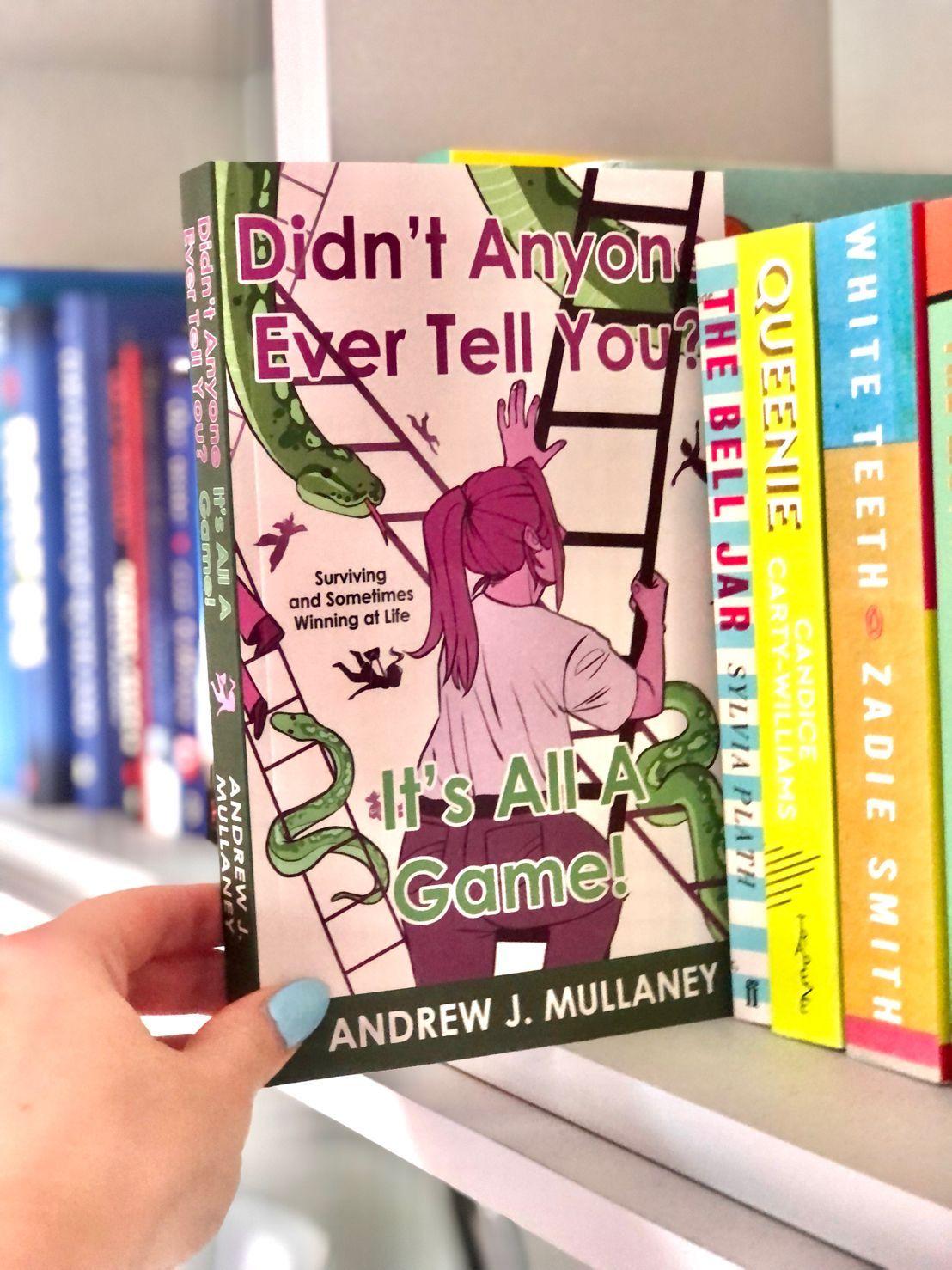
Self-Publishing with Troubador - An Author's Experience by Andrew Mullaney
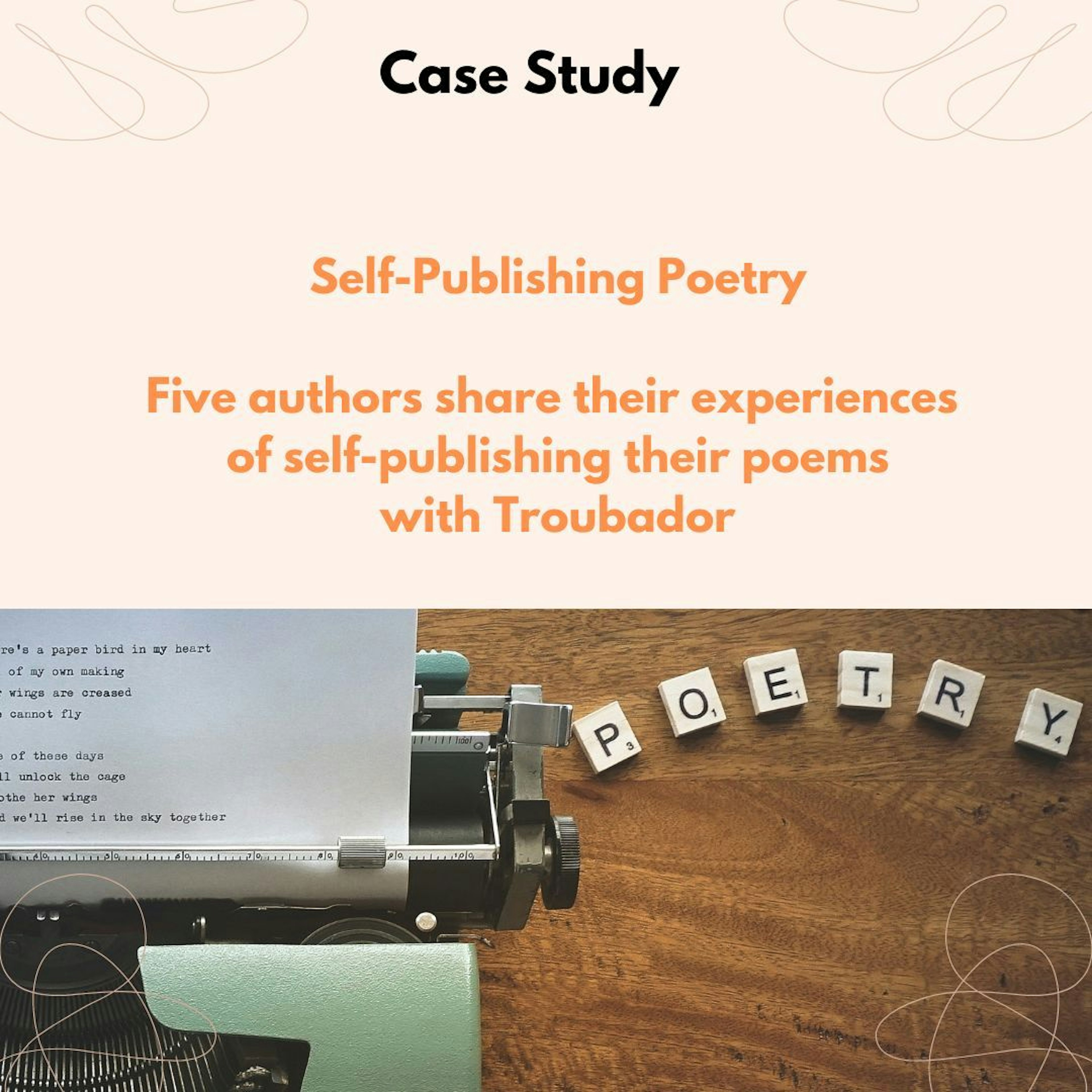
Poetry Publishing Case Study
